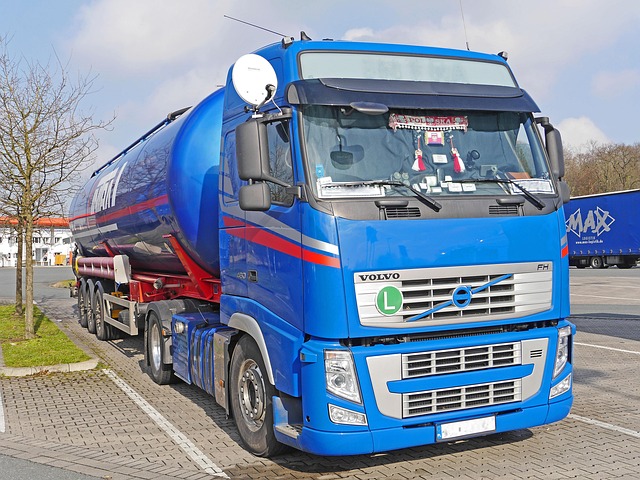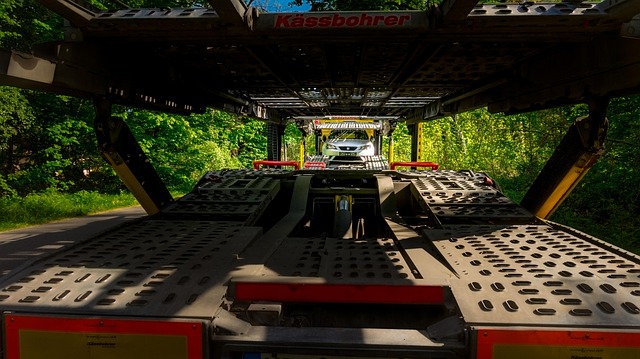Small fleet insurance presents unique challenges in managing multiple vehicles' risks. Fleet managers must balance cost-effectiveness and protection, considering total fleet value, liability exposure, and local regulations. Comprehensive liability coverage is essential to mitigate financial risks from accidents or incidents. Combining this under one policy streamlines billing, enhances cost-efficiency, and offers uniform protection across all vehicles and drivers. Crafting a strategic policy involves assessing operational needs, vehicle types, driver profiles, and geographical operations to tailor coverage. Efficient claims management through clear communication, digital platforms, and pre-approved networks saves time and reduces administrative burdens, ensuring uninterrupted fleet operations while securing adequate liability coverage for fleets.
In today’s dynamic business landscape, insuring small fleets under a single policy offers both benefits and complexities. This article delves into the unique challenges faced by fleet owners, emphasizing the critical importance of comprehensive liability coverage for fleets. We explore effective strategies for crafting unified policies, provide insights on navigating claims processes efficiently, and offer practical tips to streamline operations. By understanding these key aspects, businesses can optimize their risk management and ensure seamless fleet operations.
Understanding the Unique Challenges of Small Fleet Insurance

Small fleet insurance presents a unique set of challenges that differ from insuring single vehicles. One of the primary concerns is managing risks associated with multiple vehicles on the road, each with its own exposure to accidents and damage. This requires a comprehensive understanding of the specific operations and needs of the fleet to tailor liability coverage accordingly. For instance, a small delivery fleet faces different hazards than a passenger cab service.
Additionally, fleet managers often struggle with balancing costs and coverage. Insuring multiple vehicles under one policy can be more cost-effective, but it necessitates careful consideration to ensure adequate protection. This involves evaluating the total fleet value, potential liability exposure from all vehicles combined, and compliance with local regulations regarding minimum insurance requirements for commercial fleets. Effective risk management in this context requires a strategic approach to liability coverage for fleets.
The Importance of Comprehensive Liability Coverage for Fleets

For businesses operating small fleets, ensuring comprehensive liability coverage is paramount. This type of insurance protects against potential financial losses arising from accidents or incidents involving fleet vehicles. Given the increased risk associated with multiple vehicles on the road, a single policy that encompasses all fleet assets simplifies risk management and offers significant advantages.
By combining liability coverage for fleets under one policy, businesses can achieve better cost-effectiveness through streamlined billing and simplified claims processes. Moreover, it provides consistent liability protection across the entire fleet, ensuring that no vehicle or driver is left uninsured. This holistic approach not only simplifies administrative tasks but also strengthens risk management by offering a unified safety net against unforeseen events.
Crafting a Unified Policy: Strategies and Considerations

Crafting a unified policy for insuring small fleets involves careful consideration and strategic planning to ensure comprehensive protection. The first step is to assess the specific needs and risks associated with the fleet operations. This includes evaluating the types of vehicles, their usage patterns, driver profiles, and geographical areas where they operate. By understanding these factors, insurers can tailor liability coverage for fleets to address potential hazards such as accidents, damage to property, or injuries to third parties.
One key strategy is to bundle different types of insurance under a single policy, which streamlines the claims process and offers cost savings. This might include combining vehicle liability insurance with comprehensive or collision coverage, as well as coverage for environmental liabilities or rental reimbursement if the fleet includes rented vehicles. Additionally, insurers should consider offering flexible coverage options that align with varying business needs, such as adjustable limits based on seasonal fluctuations in fleet usage.
Streamlining the Claims Process: Tips for Efficient Navigation

Navigating the claims process efficiently is crucial when insuring small fleets under a single policy. Streamlining this process can save time and reduce administrative burdens for both insurers and policyholders. One key tip is to establish clear and consistent communication channels between all parties involved, including fleet owners, drivers, insurance providers, and repair facilities. Digital platforms and apps designed for claims management can facilitate real-time updates and documentation, ensuring everyone stays on the same page.
Additionally, pre-approved repair networks and designated claims handlers can significantly expedite the process. Policyholders should opt for insurers that have partnerships with reputable repair shops, minimizing the need for lengthy searches during an emergency. By implementing these strategies, small fleet owners can ensure their operations remain uninterrupted while receiving the necessary liability coverage for fleets.
Insuring small fleets under one policy can be a complex task, but it’s crucial for businesses aiming for streamlined operations and cost savings. By understanding the unique challenges, prioritizing comprehensive liability coverage, and employing strategic policy crafting techniques, fleet managers can navigate these complexities effectively. Streamlining the claims process further enhances efficiency and ensures that operations remain undisturbed. Ultimately, a well-crafted unified policy can protect assets, mitigate risks, and provide peace of mind for small fleet operators.
